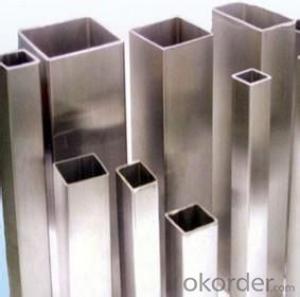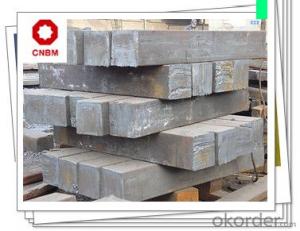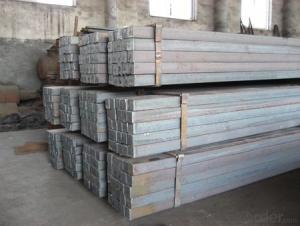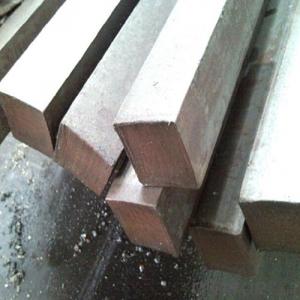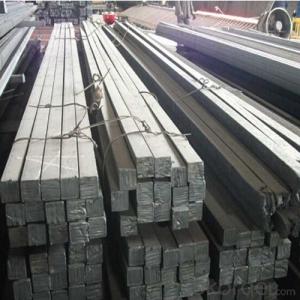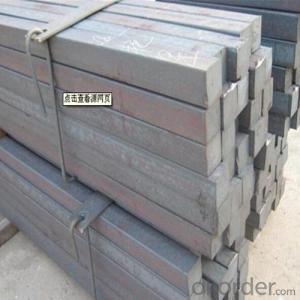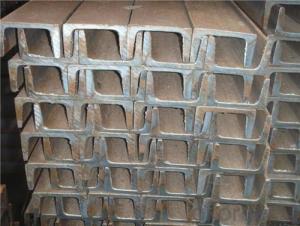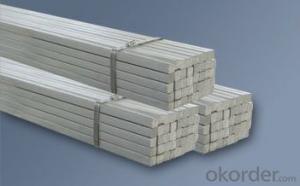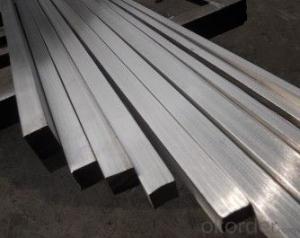Stainless Steel Square
Stainless Steel Square Related Searches
Best Paint For Stainless Steel Paint For Galvanized Steel Steel Frames For Furniture Self Tapping Screws For Steel Surface Grinding Wheels For Hardened Steel Hole Saw For Stainless Steel Paint For Stainless Steel Stainless Steel For Bbq Step Bit For Stainless Steel Sponge For Stainless SteelHot Searches
Aluminum Square Stock For Sale Fiberglass Scaffolding For Sale Fiberglass Panels For Sale Fiberglass Greenhouses For Sale White Gazebo For Sale White Melamine Board Price Frp Price Per Square Foot Ceiling Fan Lowest Price Plywood Per Square Foot Price Cost Of Plywood Per Square Metre Aluminum Square Stock Near Me Cost Of Mdf Per Square Metre White Plastic Folding Chairs Wholesale Geotextile Fabric Cost Per Square Foot Frp Cost Per Square Foot Plywood Cost Per Square Meter Asphalt Shingle Prices Per Square Steel Mesh Panels For Sale Price For Stainless Steel Scrap Scrap Price For Stainless SteelStainless Steel Square Supplier & Manufacturer from China
Okorder.com is a professional Stainless Steel Square supplier & manufacturer, offers integrated one-stop services including real-time quoting and online cargo tracking. We are funded by CNBM Group, a Fortune 500 enterprise and the largest Stainless Steel Square firm in China.Hot Products
FAQ
- Deck construction can indeed utilize a steel square. These tools, referred to as framing squares or rafter squares, possess great versatility and find common usage among carpenters engaged in construction endeavors, including deck building. Typically constructed from steel, they are equipped with markings and measurements that aid in layout and angle calculations. Steel squares serve various purposes, such as measuring and marking cuts, verifying squareness, and outlining the framing elements of a deck, such as beams, posts, and joists. Given their durability and ability to provide precise measurements, they constitute a fitting choice for deck construction.
- In order to measure and mark a 118.125-degree angle using a steel square, the following steps should be followed: 1. Begin by aligning the blade, which is the long edge of the square, with one side of the desired angle. It is important to make sure the edge of the blade is flush with the side of the angle. 2. Proceed by rotating the square until the blade aligns with the other side of the angle. Throughout this step, the blade must remain flush with the side. 3. Take note of the angle indicated on the square's scale. Most steel squares have a protractor scale on the blade, allowing for the measurement of the angle formed between the two sides. 4. If your steel square lacks a protractor scale, a combination of the square's 90-degree edge and a separate protractor can be used. Align the square's 90-degree edge with one side of the angle, and then employ the protractor to measure and mark the remaining 28.125-degree angle. Remember to exercise precision when aligning the square and measuring the angle to ensure accurate outcomes.
- To determine the width of a cabinet door using a steel square, I would place one leg of the square against the side edge of the door frame and extend the other leg across the opening of the frame. By measuring the distance between the two legs, I can accurately determine the width of the cabinet door.
- To use a steel square to measure and mark a 146.25-degree angle, you would follow these steps: 1. Start by aligning the long edge of the steel square with the baseline of the angle you want to measure and mark. 2. Make sure the 90-degree angle (also known as the right angle) of the square is positioned accurately against the surface or edge where you want to create the angle. 3. Next, find the degree markings on the steel square. Typically, these markings will be found on the outer edge of the square and will range from 0 to 180 degrees. 4. Begin by locating the 0-degree mark on the steel square. This mark will be on the right-hand side of the square, opposite the right angle. 5. From the 0-degree mark, count clockwise until you reach the 146.25-degree mark. You can use the degree markings on the square to guide you. It can be helpful to use a magnifying glass if the markings are small. 6. Once you have located the 146.25-degree mark, make a small pencil mark on the surface or edge you are working on. 7. Finally, use a straight edge, such as a ruler or another edge of the steel square, to connect the pencil mark to the baseline of the angle, creating the desired 146.25-degree angle. It is important to note that some steel squares may not have degree markings beyond 90 degrees. In this case, you may need to use additional tools, such as a protractor or a digital angle finder, to accurately measure and mark a 146.25-degree angle.
- Yes, a steel square can be used for woodworking projects. While traditionally made of wood, a steel square offers several advantages for woodworking. It is more durable and resistant to wear and tear compared to a wooden square, ensuring accuracy and precision over a longer period of time. Additionally, steel squares often come with laser-etched measurements and angles, making it easier to take precise measurements and mark cuts. Steel squares are also more resistant to warping or changing shape due to humidity or temperature changes, ensuring consistent measurements. However, it is important to note that steel squares may be heavier than wooden squares, which can affect ease of use and portability. Nonetheless, many woodworkers choose to use steel squares due to their durability and accuracy.
- To use a steel square to determine the length of a fence, you would need to follow a few simple steps. First, find a flat and level surface where you can measure the fence accurately. Place the steel square on the ground or a sturdy table. Next, position one arm of the steel square against the fence post or any fixed point on the fence. Ensure that it is aligned perpendicular to the fence line. The other arm of the square should be extended along the fence line. Now, move the square along the fence line, keeping the arms aligned with the fence and perpendicular to each other. As you move, count the number of times you have to move the square's position to reach the end of the fence. Each time you move the square, mark the spot where the extended arm reaches. Once you reach the end of the fence, count the number of marks you made. Multiply this number by the length of one side of the square to obtain the total length of the fence. For example, if the length of one side of the square is 12 inches, and you made 20 marks, the total length of the fence would be 20 x 12 = 240 inches or 20 feet. Using a steel square in this manner allows for accurate measurements and helps ensure that the fence is straight and properly aligned.
- To measure angles using a steel square, follow these steps: 1. Ensure the steel square is clean and free from any dirt or debris that could impact measurement accuracy. 2. Identify the angle you wish to measure. The steel square has two arms: a longer one called the blade and a shorter one called the tongue. 3. Place the steel square on a flat surface, aligning the blade with one side of the angle. 4. Rotate the square until the tongue aligns with the other side of the angle, ensuring both arms are in contact with the surface and the angle's sides. 5. Once the steel square is properly aligned, read the angle measurement from the engraved scale on the blade or tongue. The scale typically displays degrees with regular markings. 6. Take note of the angle measurement for future reference or use. Handle the steel square with care to prevent any damage that might affect measurement accuracy. Regularly check and calibrate the square if necessary to ensure precise and reliable angle measurements.
- To determine the center of a circle using a steel square, you can follow these steps: 1. Place the steel square on a flat surface or workbench, ensuring it is level and stable. 2. Take the circle that you want to find the center of and place it on the steel square. Make sure the circle is larger than the steel square so that it extends beyond the edges of the square. 3. Adjust the circle so that it is centered and aligned with the edges of the steel square. You can use a ruler or measuring tape to ensure that the distance from the edge of the circle to the edge of the square is the same on all sides. 4. Once the circle is centered and aligned, draw lines along the edges of the steel square, extending beyond the circle. 5. Using a ruler or straightedge, draw a diagonal line connecting two opposite corners of the square. This diagonal line should pass through the circle's center. 6. Repeat step 5 to draw another diagonal line connecting the other two opposite corners of the square. The intersection point of these two diagonal lines is the center of the circle. 7. Mark the center point clearly on the circle using a pencil or marker. By following these steps and utilizing the right angles and straight edges of the steel square, you can accurately determine the center of a circle.























